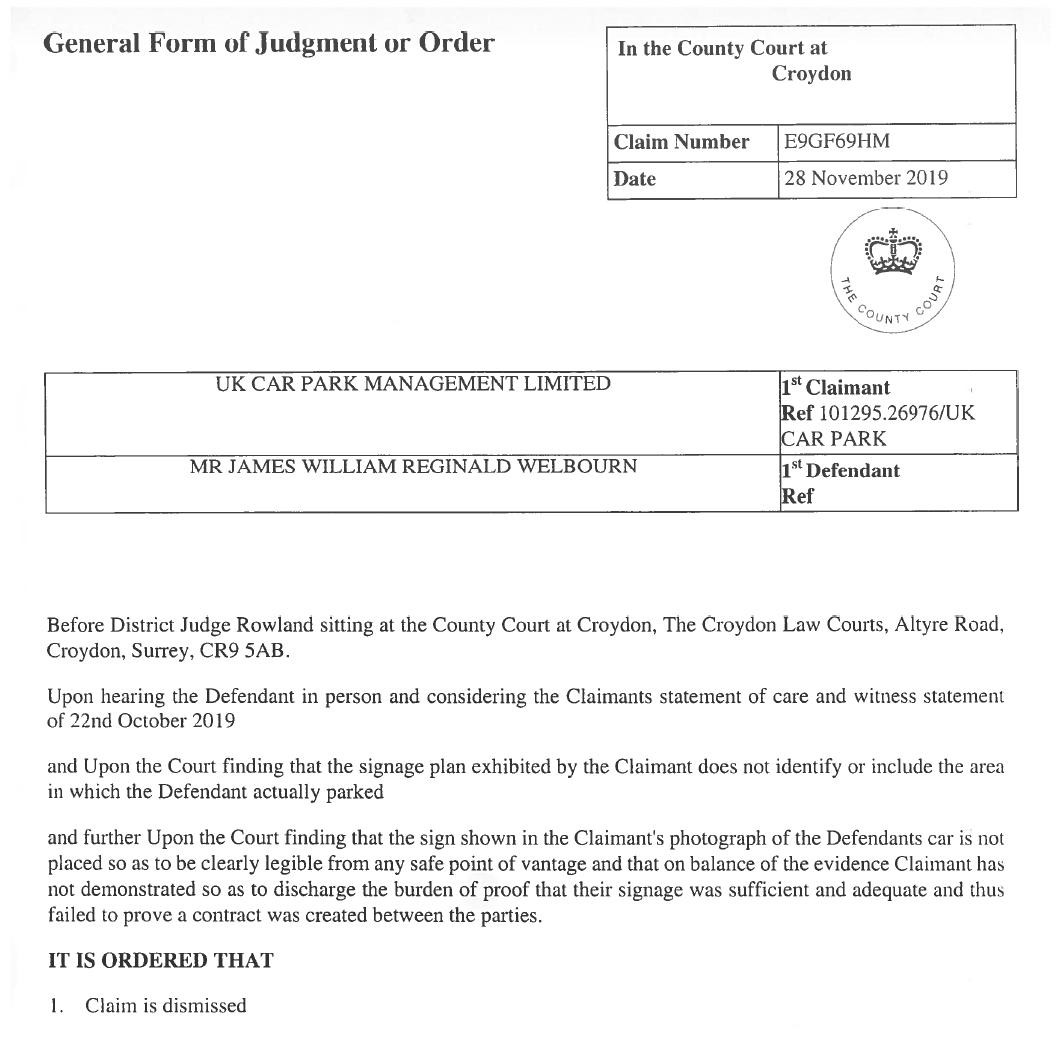5 Tips for Filing Old Court Documents

Understanding the Importance of Filing Old Court Documents

Filing old court documents is not just a matter of legal requirement; it’s also about preserving history, ensuring accurate case law, and maintaining organizational efficiency in the judicial system. Whether you’re an attorney, a paralegal, or an archivist, here are five tips for effectively managing and filing these records:
Tip 1: Organize Your Documents Chronologically

One of the most effective strategies for filing old court documents is to organize them by date. Here’s how you can do it:
- Sort documents by the year they pertain to.
- Within each year, further organize by month or even day if necessary.
- Use colored tabs or labels for each year to distinguish different periods easily.
This chronological order can significantly speed up the retrieval process and help to establish a timeline of events, which can be invaluable in legal proceedings.
Tip 2: Categorize Documents by Case or Type

Another effective approach is to categorize documents based on the case they belong to or the type of document they are:
- Create separate categories for different types of legal documents like affidavits, motions, orders, judgments, etc.
- Use case numbers or client names to categorize case-related documents.
This method allows for easy retrieval when you need to reference a specific document type or case file.
Tip 3: Implement Digital Archiving

In today’s digital age, it’s essential to consider digital archiving:
- Scan documents to create digital copies.
- Use optical character recognition (OCR) to make text searchable.
- Implement a secure cloud storage system or local server with backup solutions.
- Index documents properly to ensure quick access.
Digital archiving not only preserves documents but also makes them accessible from anywhere, which is beneficial for remote legal teams.
Tip 4: Maintain Physical Records with Care

Despite the convenience of digital archiving, physical records still hold immense value:
- Store documents in acid-free folders and boxes to prevent degradation.
- Keep files in a controlled environment away from direct sunlight and high humidity.
- Regularly check for signs of damage like mold or pest infestation.
🔍 Note: Always have a contingency plan for physical records in case of unforeseen events like fires or floods.
Tip 5: Ensure Accessibility and Security

Balancing accessibility with security can be challenging, but here are some guidelines:
- Implement secure access protocols to prevent unauthorized entry into the archives.
- Use firewalls, encryption, and regular password changes for digital systems.
- Have a clear policy on who can access what type of information.
- Train staff on these protocols to ensure compliance.
While ensuring records are accessible to those who need them, security should never be compromised due to the sensitive nature of court documents.
Wrapping up, effective filing of old court documents is crucial for preserving legal history, aiding in current cases, and maintaining the integrity of judicial processes. By organizing documents chronologically, categorizing them appropriately, leveraging digital archiving, taking care of physical records, and maintaining a balance between accessibility and security, you can enhance the management of these important records. Remember, the methods chosen should not only fulfill legal and historical purposes but also consider the ease of retrieval, long-term preservation, and the overall functionality of your archive or law office.
Why should I organize court documents chronologically?

+
Organizing court documents chronologically helps in understanding the progression of events, making it easier to follow case developments, and can save time during legal research or when preparing for hearings or trials.
Is digital archiving better than maintaining physical records?

+
Digital archiving complements physical records by providing accessibility, searchability, and space-saving benefits. However, physical records are often required for legal purposes, and originals may have evidentiary value, so maintaining both is ideal.
What are the risks associated with digital archiving?

+
Risks include data breaches, loss due to hardware failure, or issues with data corruption. To mitigate these risks, employ strong security measures, regular backups, and proper indexing for easy recovery and access.



